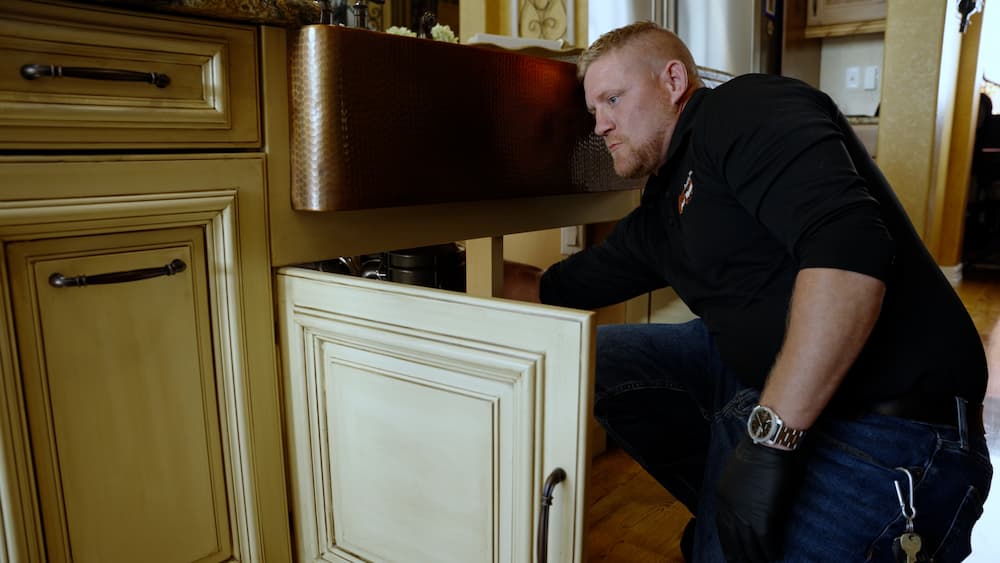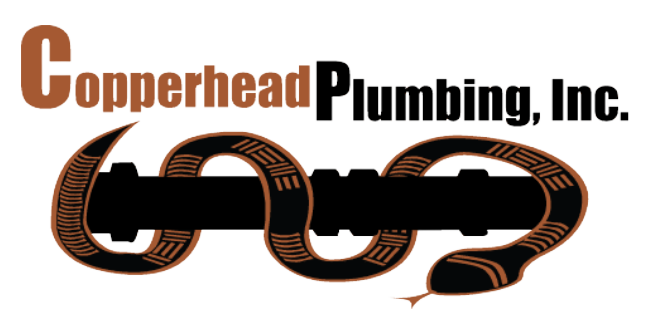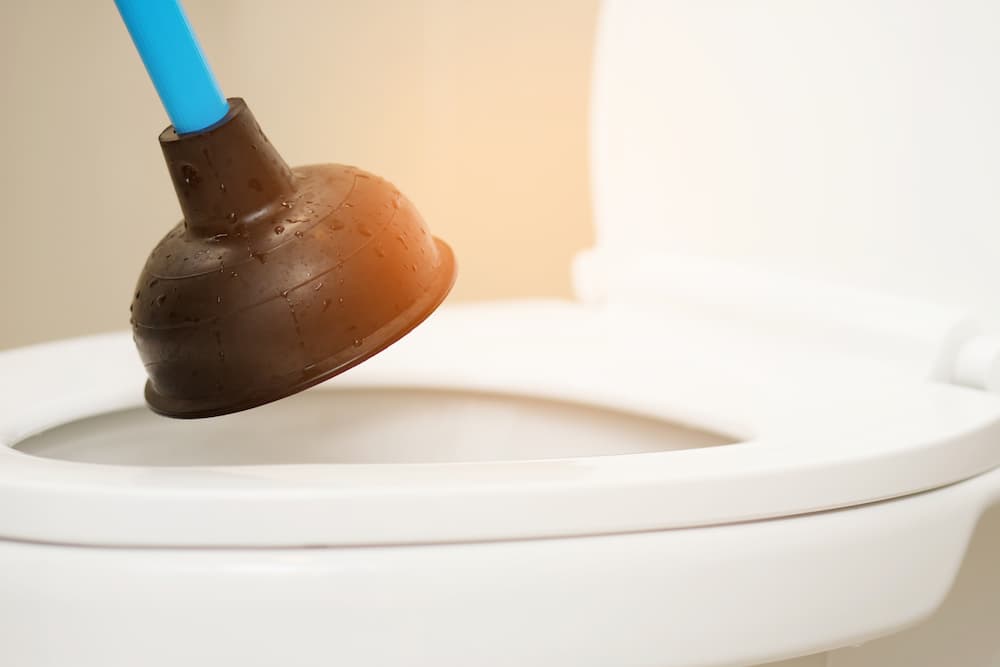A clogged toilet is never a welcome surprise, but did you know that having the right plunger can make all the difference between easily unclogging it and needing to call a plumber? Many people don’t realize plungers aren’t a one-size-fits-all product type. Buying and using the wrong one can make unclogging your toilet harder than it needs to be.
If you’ve never thought about plungers before, you’re not alone. The good news is that it’s never too late to learn! Understanding the differences between plunger types and choosing the best plunger for your toilet ensures you can handle clogs effectively and prevent plumbing disasters.
Top Toilet Plunger Types
Not all plungers are created equal. There are multiple types of plungers on the market with different purposes. Here’s a breakdown of the most common types of plungers and their best uses:
- Flange Plunger—This is by far the best plunger for toilets, and it’s likely the one that comes to mind when you hear the word “plunger.” Its design includes an extra rubber flap (flange) that extends from the cup, creating a firm seal around the toilet drain for better suction and efficient clog removal.
- Accordion Plunger—This is a powerful option for tough clogs. It generates strong pressure to break through stubborn blockages. However, its rigid plastic design makes it harder to use and increases the risk of splashing.
- Cup Plunger—This plunger is ideal for sinks and flat surfaces, not toilets. The traditional cup design works well on tub and sink drains but struggles to form a seal in toilet bowls, making it ineffective for clearing toilet clogs.
Choosing the Right Plunger
Don’t just grab the first plunger you see in the hardware store and head for the checkout aisle. Selecting the best toilet plunger for your situation depends on a few key factors:
- Toilet Type: A flexible flange plunger is the best choice for a secure seal if your toilet has a non-standard bowl shape.
- Clog Severity: A flange plunger is usually enough for minor clogs. For tougher clogs, though, an accordion plunger may be the better option.
- Ease of Use: If you prefer a more user-friendly tool, a flange plunger provides the best balance of power and usability.
Proper Plunging Technique
Once you have your plunger, it’s time to get to work to remove the clog and regain a functioning toilet. While you might be tempted to close your eyes, drop the plunger in the toilet, and hope for the best, taking a few extra minutes to ensure you are using the correct technique provides better results and minimizes mess. Follow these steps:
- Create a Seal: Position the plunger over the toilet drain, ensuring a tight seal to maximize suction power.
- Plunge with Steady Force: Use firm, controlled pushes to generate pressure. Avoid forceful, erratic movements that can cause water to splash, creating a mess and avoiding the root of the problem.
- Repeat as Needed: If the clog doesn’t clear immediately, continue plunging for at least 20–30 seconds before attempting again.
Having the right plunger in your home can save you time, frustration, and potential plumbing repair costs. As noted above, the best plunger for your toilet depends on your needs, but a flange plunger is generally the most effective choice. For those stubborn clogs that won’t go away with a flange plunger, an accordion plunger might be necessary. Whatever you choose, keeping a quality plunger on hand is essential for every household.

Sometimes, a plunger just isn’t enough. If you’re dealing with a clog that just won’t budge, Copperhead Plumbing Inc. is here to help. Contact our plumbing services for expert assistance with your plumbing needs by calling 303-552-3491 today!
Image Credit: fongbeerredhot / Shutterstock


0 Comments